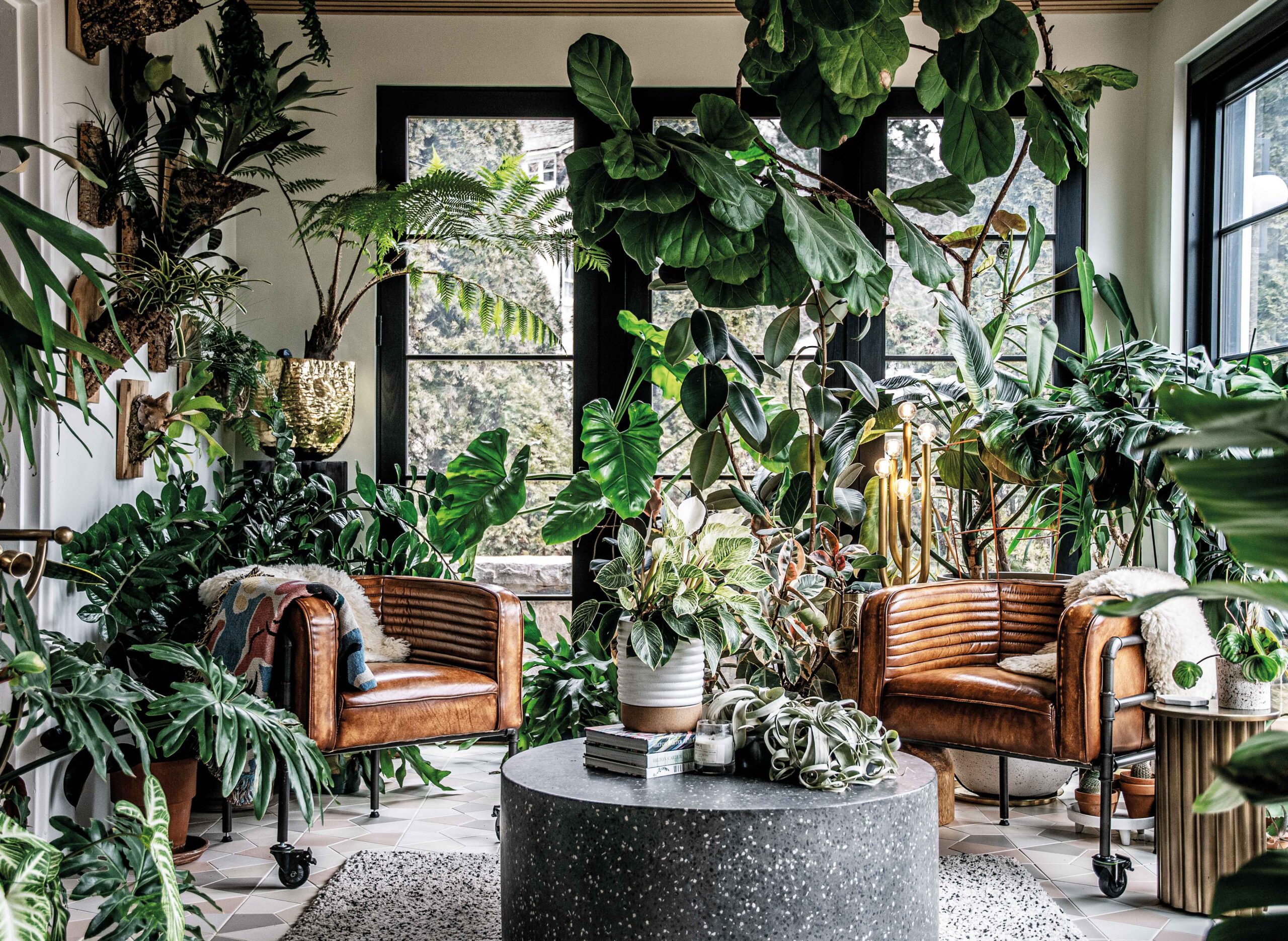It started with Frank. Frank the fiddle-leaf fig, that is.
When Hilton Carter bought—and then named—his first houseplant in 2014, he didn’t know it was the start of a life-changing journey into indoor greenery. Now, Frank is the ceiling-brushing star of Carter’s Baltimore home of 300-some plants, and Carter, a fine artist and filmmaker by training, has fully embraced plants as his palette.
Along with his work as a plant and interior stylist, Carter has written four plant care and styling books—“Wild at Home,” “Wild Interiors,” “Wild Creations,” and the recently released “Living Wild”—hosted a workshop series on the Magnolia Network; launched his own line of products as well as a collection for Target; and opened a plant shop, called Green Neighbor, with a partner in his hometown of Baltimore. He spoke with American Essence about his journey to plant styling, how plants made him a better person, and what new plant owners need to know to set themselves up for success.
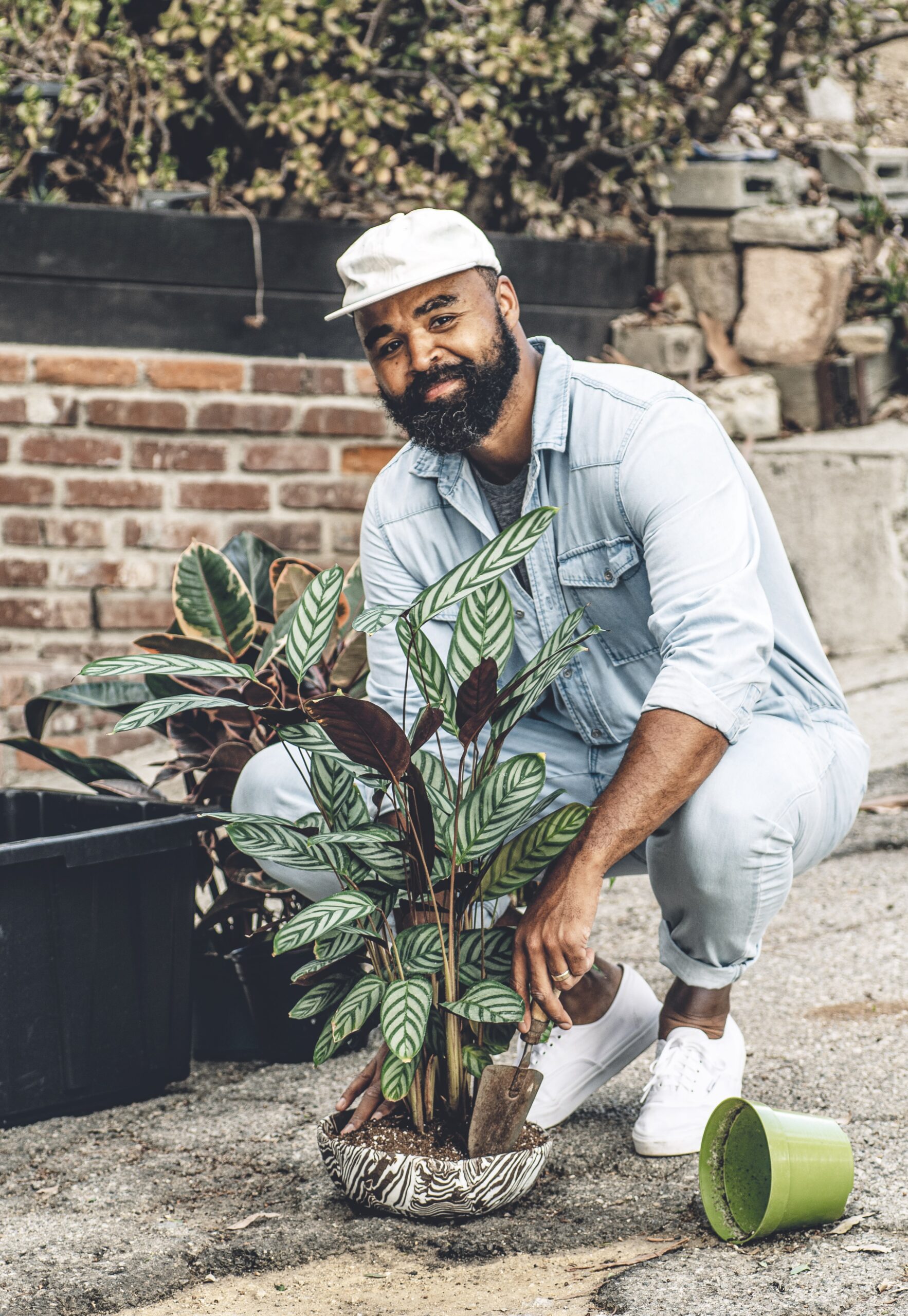
American Essence: What are the unique challenges—and rewards—of decorating with houseplants?
Hilton Carter: There’s a lot more consideration that goes into plant styling than, say, interior styling. It isn’t just picking a corner and dropping in a plant. You’re dealing with a living element, and understanding not only how it fits in the space for now, but also how it will change and morph and grow over time. You’ve got to think about the future.
I always start with the fact that light is going to be what makes sure that plant stays happy and alive. So you lead with light. It’s difficult to go into the styling portion if you’re not well aware of the care. Let’s focus on care, get that in our back pocket, and then we can have fun when it comes to styling, and that’s where my new book comes in.
A plant is not an inanimate object; it’s a living thing that is giving back to you. It’s providing not just a “look,” but actually a lot of good energy. It’s a symbiotic sort of relationship that is happening between us and plants. We always find ourselves chasing what nature provides. All of the studies show how people become more creative and happy and relaxed and carefree when they are exposed to sunlight and nature itself, so when you find ways to sprinkle a little bit of that outside world inside of your home, there can only be good that comes from it.
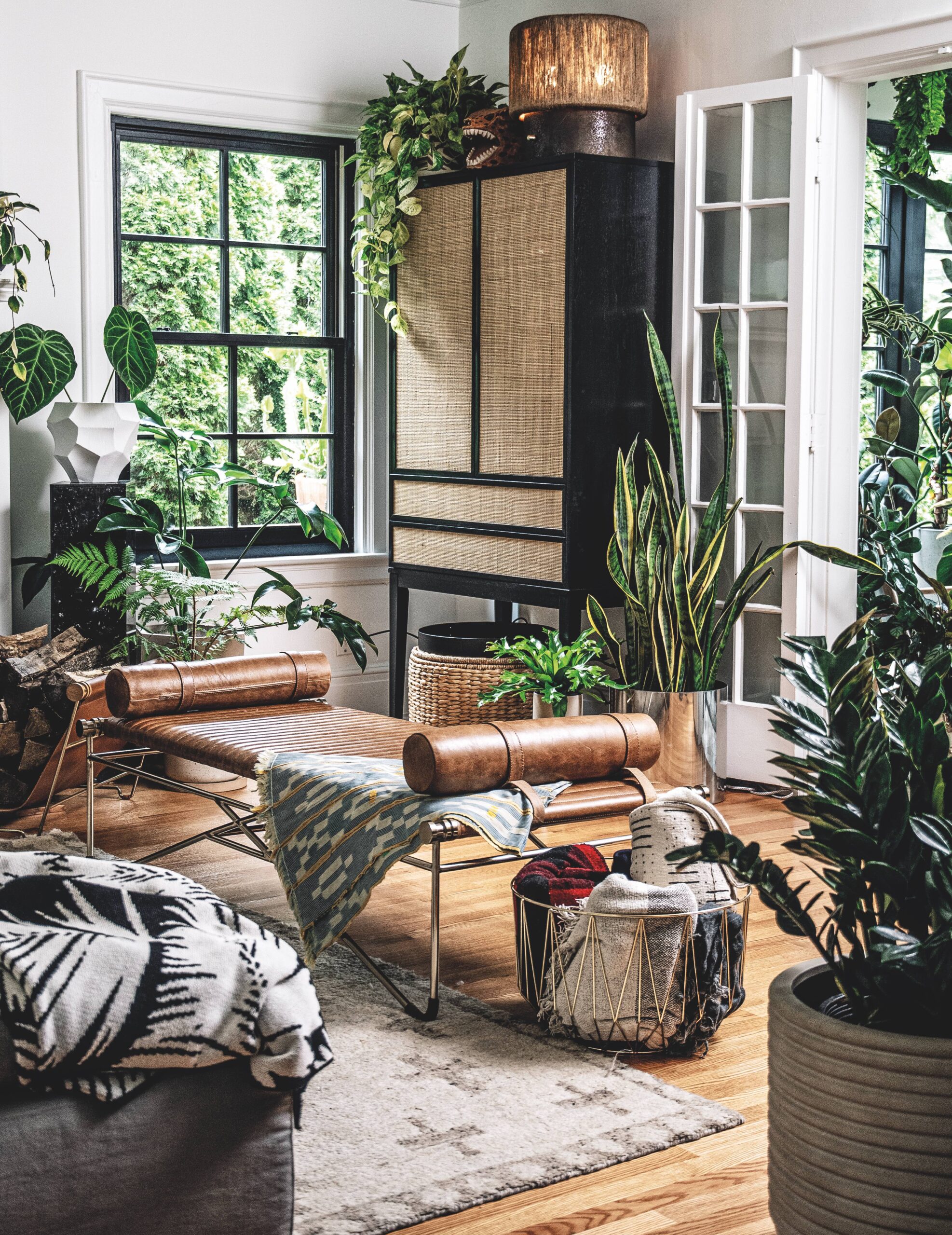
AE: How many houseplants do you have now?
Mr. Carter: About 300 that I keep in the house most of the year. I will say it has become more difficult for me to keep my ducks in a row, but like everything else in your life, you have to make time for it if you care for it. I have a daughter who wants all of my time, a wife that understands that my daughter wants all of my time, a dog that definitely doesn’t understand that, and all my plants are like, “Hey, I know we’re probably number four on your list, but please, please make sure you make your rounds.” So whenever I have a moment, I’ll always set some time in my day to check in on my plants.
It isn’t like you can water every seven days and walk away; they don’t all operate that way, especially depending on changes in the seasons, or their placement. You’ve always got to be in tune with them, and you just check in. The fact that my plants also are a part of my job makes it a lot easier for me, and I’ll totally be transparent about that.
AE: Tell us about your own journey with plants. How has learning to care for them affected you as a person?
Mr. Carter: Before, I was a very high-strung, stressed-out individual. Relationships for me were very tough; I never really had an understanding of the back and forth that needs to be part of a good relationship—the give and the take, the “nurture what nurtures you” part of it.
In the process of caring for plants, I learned a lot about how to care for the other living things in my life. I studied how to be patient—and patience is one of the biggest things you need when it comes to plant care. You’ve got to understand the small nuances, and the changes that can happen when you move a plant from one space to another; they’re all individuals. You can sample that and sprinkle it onto every other living thing that you have in your life, and you will be better off. You’ll see those things thrive. That is what plants have done for me.
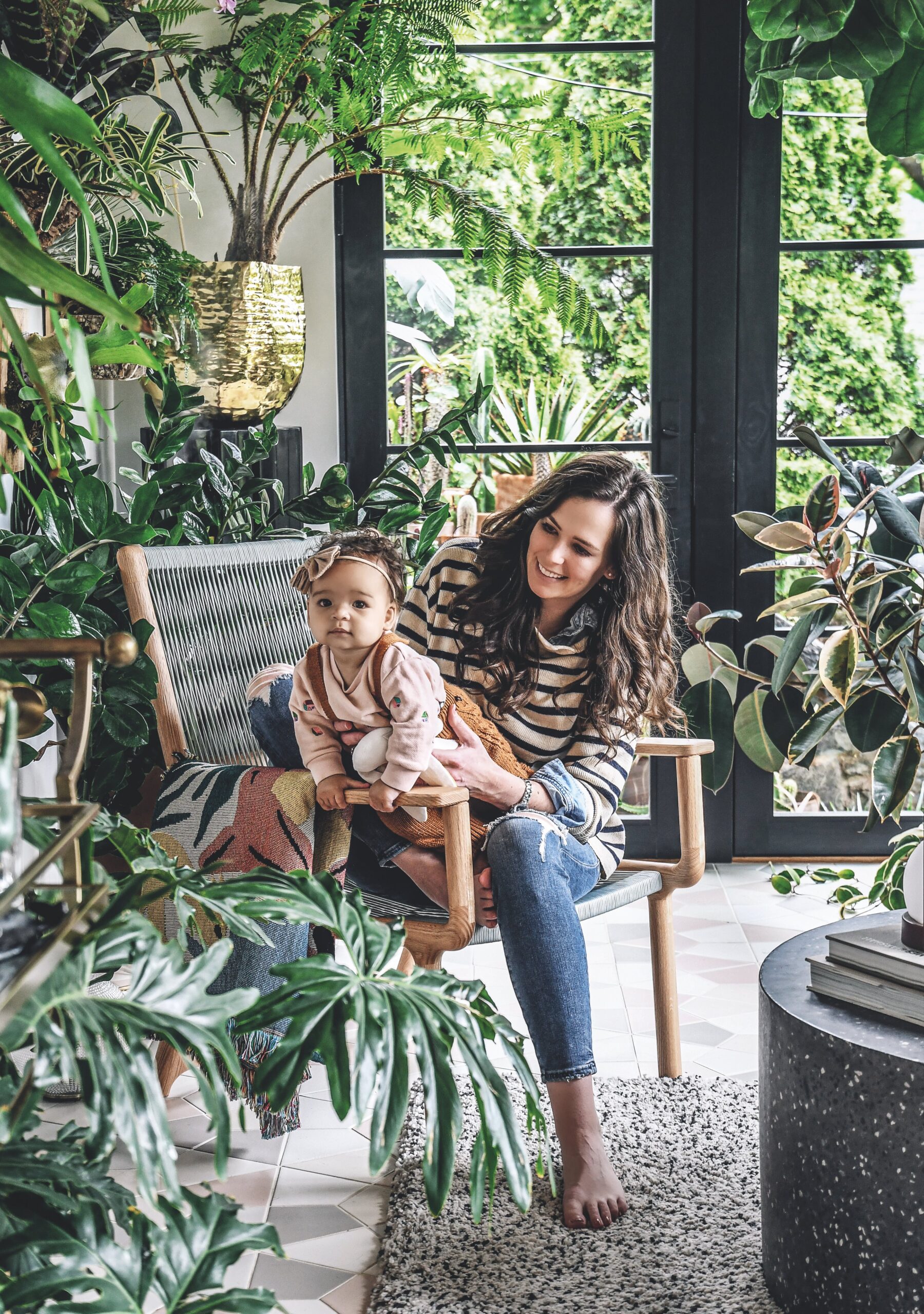
I started to see it in my relationships—see that more nurturing side of myself come out. I would pay more attention to how individuals in my life operated, and where they were in their emotions, and how to be more delicate, be more understanding, be more patient. I guess it isn’t a coincidence that a year after I completely fell head over heels for indoor greenery, I met the person who ended up being my wife and the mother of my child.
People say that plants make people happy. Well, I’ve been very sad seeing a sad plant, so I can’t say plants make you happy; it’s the care you put into a plant that will make you happy, especially if the plant is thriving. And I haven’t been happier in my life since I introduced plants into it.
AE: Before you became a professional plant stylist, you were an artist and filmmaker. Was there a particular “aha moment” when you realized plants could be a bigger part of your life and career?
Mr. Carter: The aha moment was definitely with Frank the fiddle-leaf fig. It started with, “Oh no, this very expensive bit of decor that I thought I would buy for myself is starting to lose itself, the leaves have fallen off!” It was then through figuring out the process of care that I was just like, “I need to be more involved, I need to be more in tune with this plant, I’ve got to name you so I am now bonded to you, and if you start to struggle, I feel it.” I would be like, “What is going on with you, Frank? I thought we were in this together. What have I done wrong? Talk to me.”
With plant care, you can set yourself up for success. All the times you might feel like, “Man, I’m no good at anything”—if you’re stuck in that position and you bring a plant into your life, you’re focusing on that plant and a new leaf unfurls, that is something you did. Because you could have stuck it right into a closet—dead. But you made the decision to put it into the right light, to pot it in the right size pot, to water it, rotate it. Your care developed a new leaf. That is that serotonin hit: “I’m good! I’m doing something good!”
For me, I was getting so many of those hits that I realized, I’m actually really good at this because of the things that I’m deciding to do. And then I decided, well, if I can do it here, why don’t I focus that energy toward my relationships?
That is when I realized that when it comes to this, I feel my true self—I feel the joy of life in me. This needs to be my world. Because I am now not only giving to someone creatively, but also giving them something that can hopefully help change them in a positive way emotionally, and not just for the moment, but throughout the rest of their lives.
That’s something you also learn as someone who tends to plants: that you then want to share that. I’m sure so many people who love plants around you are like, “You’ve got to have a plant! Take a cutting!” Those are everything to plant people. If I gave someone a piece of Frank, that’s like if I gave them one of my fingers. Someone spent a lot of time and effort to care for this thing, and now they’re like, “Here’s a piece of it.”
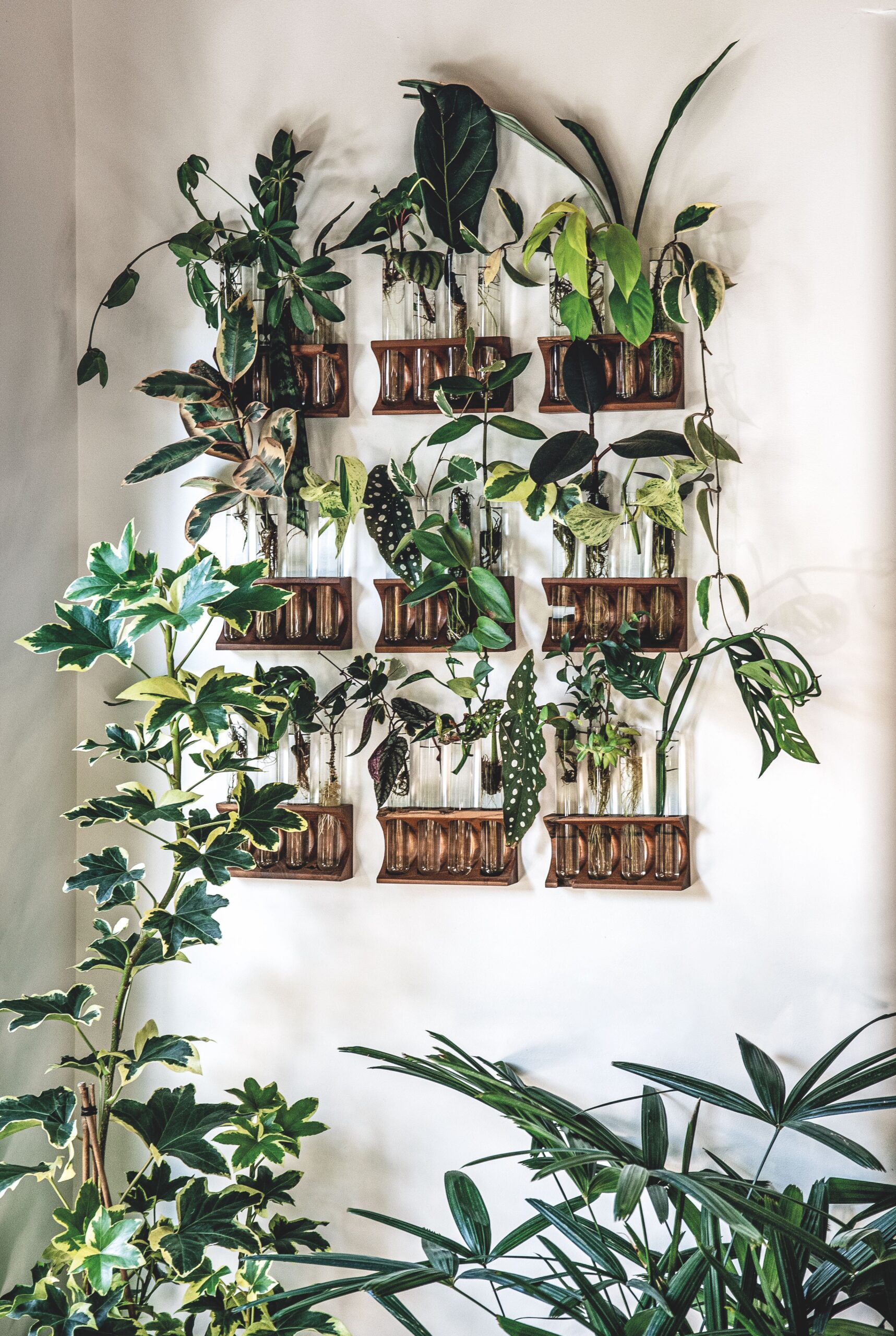
AE: In your new book, you have a section on styling plants in kids’ rooms. How have you raised your daughter, Holland, to care for plants?
Mr. Carter: We’re still trying to teach her how to be gentle, not just pull every single leaf off of a plant. But it’s working. She’s a very gentle individual.
I think the idea of surrounding any sort of living being with greenery is important. When it comes to kids, bringing plants into their nurseries or their rooms can not only bring life to their space, but also create learning moments for them: patience, tenderness, care for one another, how do you stay on a schedule? How do you treat life and death? That could be a learning moment: when a leaf dies while another leaf is unfurling, talking and having that conversation.
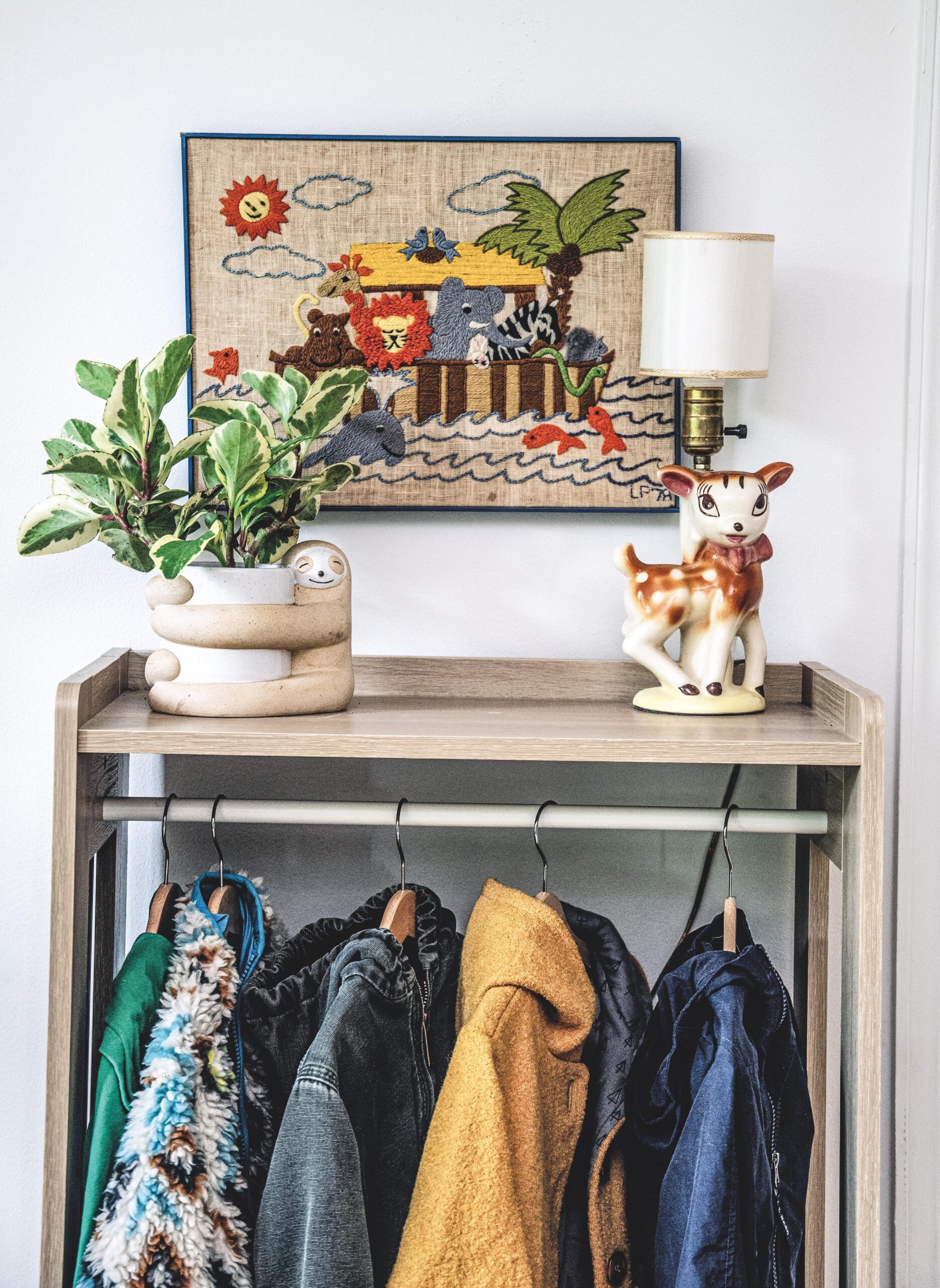
AE: When you take on an interior plant styling project, whether you work with existing plants or bring in new ones, how do you make sure your clients give them the care they need?
Mr. Carter: I can’t really make anyone do anything, but I do leave them with a care sheet, and I do check in. Whenever you bring a plant into a new space, you’re going to see a little bit of leaf loss because they’re trying to acclimate to the space, so I have to make people aware of that so that they don’t jump to the conclusion that they are just terrible at plants. I try my very best to set people up for success, and I always make myself available.
I will say, most of them, if they do kill their plants, they’re definitely not going to tell me. I already don’t get invited to certain people’s homes because they think I’m going to judge them because of their plants. I don’t judge. I just have side conversations with the plants telling them that one day they’ll make it out of that situation alive.
I’m not here to reprimand anyone. I just drill down the fact that the plants are living things in their heads, and hopefully, at the end of the day, they’ll go, “You know what, I know Hilton’s gonna probably be a little disappointed in me, but I need him to help me.” That is where you turn someone who’s very nonchalant about plants into someone like myself.
AE: Are there any exciting new projects in the works for you?
Mr. Carter: There are, but in order to tell you, I’d have to, uh, overwater you.
Interview has been edited for clarity and brevity.
Tips for Beginners
Ready to add greenery to your home? Hilton Carter has some advice.
Lead With Light
Before you even consider buying a plant, Carter says, consider the quality of light in your home. Then, “get a plant that is into the type of light that you have. It’s setting yourself up for success. If you have a dark home, certain plants will never do well.” There are low-light tolerant plants, Carter notes, such as snake plants, ZZ plants, and dumb canes—“but I use the word ‘tolerant,’ and underline it, because they’re not thriving.”
Do Your Research
Next, you’ll need to think about factors such as the best planter size and material for your plant’s needs, its preferred moisture level, and how often it needs to be watered. “If you’re a novice, you’ve just got to do the work,” Carter says. “Think about it as if you are bringing in a new pet. It can’t just be an off-the-cuff decision; it has to be well thought-out.”
Build a Relationship
Contrary to common advice to start with a low-maintenance plant, Carter isn’t afraid to recommend a needier variety to a novice: “I think if something is asking for your attention every single day or every other day, you’re probably better off to do that work than to go for a plant that only needs watering every three weeks.” A beginner might simply forget—or be skeptical and overwater.
There’s another big bonus: “I love the fact that it’s making them more involved in the life of that plant. That’s how it gets easier, because now they’re more in tune with what a plant needs.”

Styling Wild
Once you’ve gotten a handle on houseplant care, you can go wild with styling them in your home. Here are some of Hilton Carter’s favorite ideas.
New Heights
Whether it’s sitting a large plant on top of an island, hanging one from the ceiling, enshrining it literally on a pedestal, or perching it on the edge of a bookshelf with leaves trailing down the side, “bringing plants higher into a space, I think having those moments in the home is very fun,” Carter says.
The Walls Are Alive
Mounting plants on a wall adds unexpected depth to a room—you’re making a hard, flat surface “literally come alive,” Carter says. “I love the idea of breaking up a gallery wall with something that’s alive.”
Conversation Starters
For a reliably “transformative” effect, Carter prescribes a “statement plant—a centerpiece that people are just drawn to as soon as they walk in. It’s something that anchors a space.” It could be a singular plant with an eye-catching shape, color, or size; or an artfully assembled arrangement, such as a kokedama (Japanese moss ball).
Bringing the ‘Wow’
For serious plant stylists, consider the “designer plant”: Carter employs these high-profile (and often high-budget) stunners with unique patterns, colors, and textures to complement pieces of home decor. Two that he predicts will be especially popular in 2023: the Alocasia cuprea, for its “beautiful copper shimmer and unique foliage shape and texture,” and the Monstera albo, for its “stunning marbled variegation and ability to climb tall in any space.”
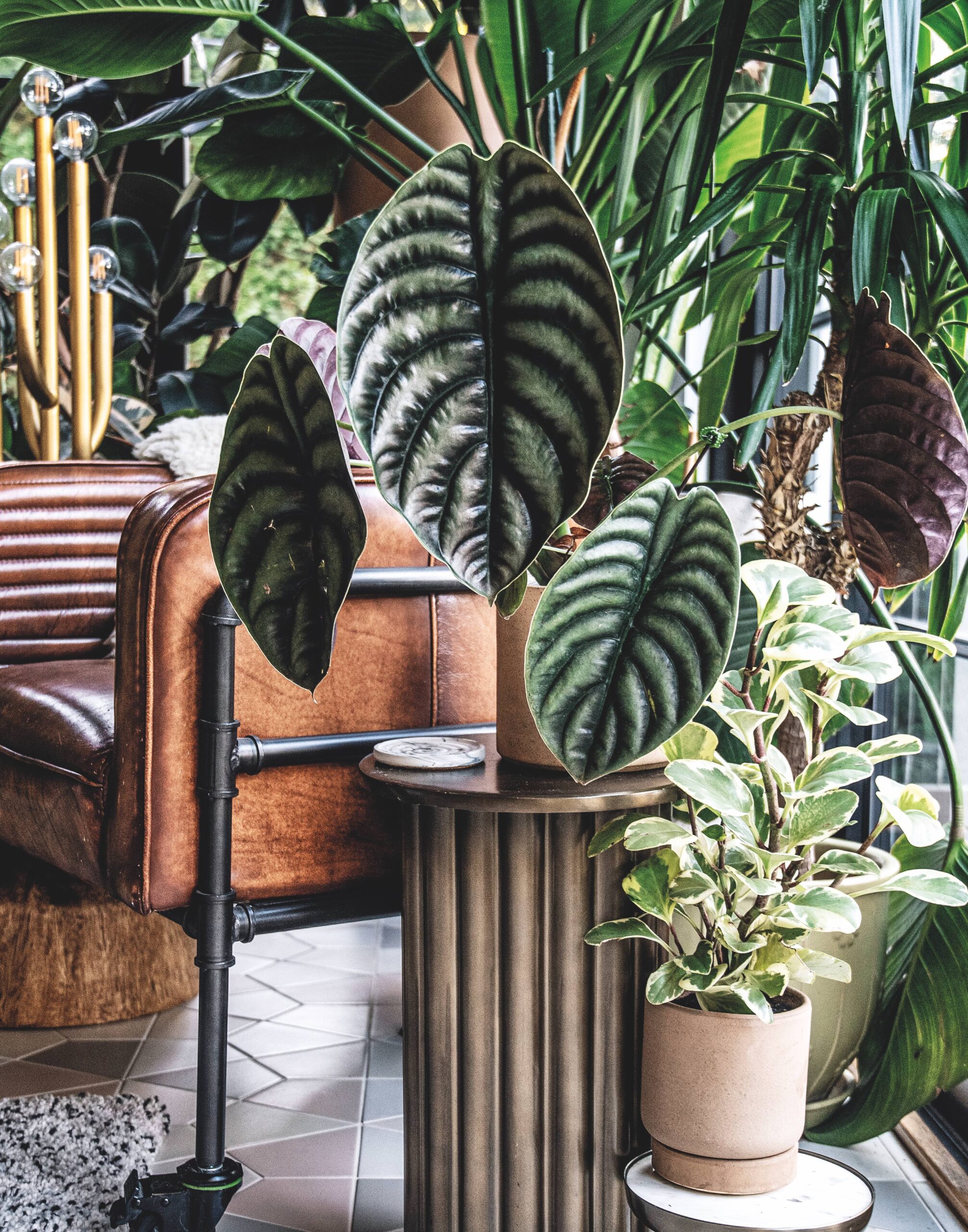
From April Issue, Volume 3

